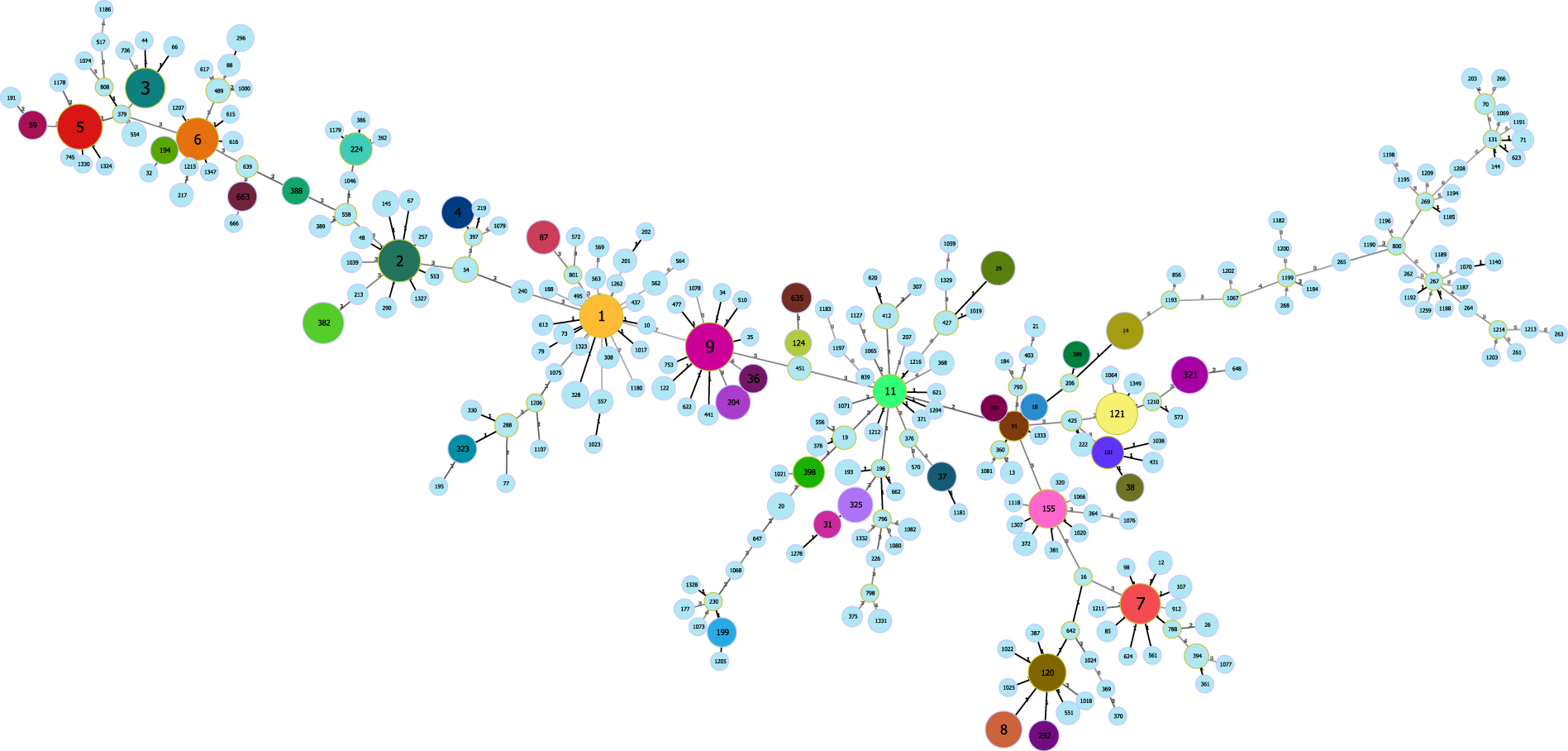Listeria monocytogenes
History
The earliest discovered Listeria can be traced back to 1924, and it was found in the laboratory of Cambridge University that it can infect mononuclear cells in the blood of rabbits and mice, causing bacteremia.
Species characteristics
Listeria monocytogenes(Listeria monocytogenes)belongs to Listeria,This genus is similar to Bacilllus and Staphylococcus, and is a low G+C Gram-positive bacterium. Listeria monocytogenes has a short rod shape with a cell size of 0.5 μm x 0.5-2.0 μm, positive for catalase activity, negative for oxidase activity, no spore formation, no capsule formation, and 20-25 ° C culture. Through the movement of the flagella can be passed through the circumference. A more prominent feature of Listeria monocytogenes is its ability to grow from -1.5 degrees Celsius to 45 degrees Celsius. Listeria monocytogenes can be isolated from frozen foods such as meat, vegetables and chilled fish. The wide range of sources and characteristics of low temperature growth make it a major challenge to control and eradicate it in food processing environments. According to Food Safety Tech, the main reason for the US food recall last year was Liszt pollution. In 2016, about 550 food items were recalled in the United States, of which 275 were caused by microbial contamination, and the proportion of pollution caused by Listeria was as high as 65%.
Pathogenicity
Until 1980, Listeria was also considered to be limited to causing animal diseases. Later, with the discovery of cases of Listeria infection in humans in several countries, and evidence that it was transmitted through food, it changed the public's awareness. Listeria is of great concern because of its severity after infection - long incubation period and high mortality.
Listeria is generally considered to be a food-borne infection and prefers T cell immunity to low or defective populations. The bacteria travel through the intestinal barrier and through the lymph and blood to proliferate in liver and spleen cells. The bacteria then travel through the blood to reach the brain and placenta. That is, Listeria can pass through the three barriers of human intestinal tract, blood brain and maternal fetal.
Symptoms caused by human consumption of food contaminated with Listeria may take two forms: one is fever, gastroenteritis; the other is an invasive disease. The occurrence of infection depends on the number of bacteria in the food, the pathogenicity of the strain and the immune status of the host. Listeria has 13 serotypes, most of which are caused by four serotypes (1/2 a, 1/2 b, 1/2 c and 4b).
Genome
Genome size of Listeria monocytogenes is usually around 2.7~3Mb, Some of these strains contain plasmids, with a GenomeG+C% content of about 38% and a coding gene of about 2900. 3,859 Listeria monocytogenes genomes has been published on NCBI .the sequence files are from GenBank。
ST types of Published on PubMLST: http://bigsdb.pasteur.fr/listeria/

Sequence type

